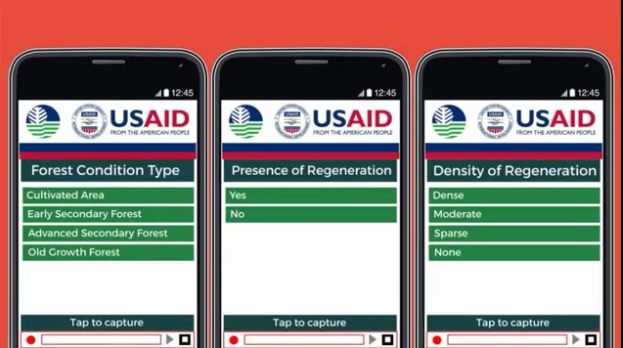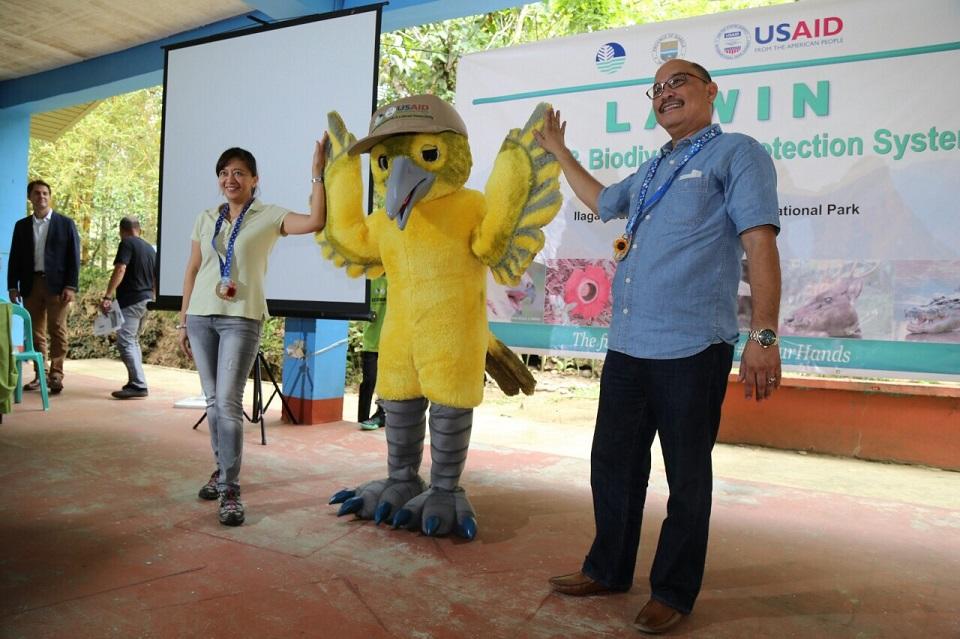LAWIN protection system soars to conserve forests, watersheds
In an effort to address threats to the country's natural forests and biodiversity, the Department of Environment and Natural Resources (DENR) has partnered with United States Agency for International Development (USAID) in developing a technologically advanced protection system in ensuring the preservation of wildlife in protected areas.
The LAWIN Forest and Biodiversity Protection System was officially launched in Iligan City, one of the local government units that overlap with the Northern Sierra Madre Natural Park. The 360,000-hectare land is the largest and the most diverse protected area in the country and covers a big part of the province of Isabela.
The system consists of three essential elements: forest monitoring, identification of threats, and monitoring response.

Through a mobile application called Cybertracker, members of the community living near a protected area can report forest conditions. With a simple touch on the screen, users can contribute to the monitoring of protected areas. The state of wildlife in the area can be recorded as well.
Patrollers can also track threats such as illegal logging, kaingin, and construction of establishments.
Local government units can then use the data to decide on intervention strategies such as environmental law enforcement; information, education and communication support; policy improvement; and provision of sustainable livelihood to communities who depend on the protected area for living.
The data is also uploaded and translated into maps and reports which will then be presented to LGUs.
Through this system, LAWIN aims to monitor the protected areas continuously from poachers and other threats.
LAWIN is part of the DENR and USAID's Biodiversity and Watersheds Improved for Stronger Economy and Ecosystem Resilience (B+WISER) program, which expects to improve 780,000 hectares of forests and watershed as well as reforest 78,000 hectares of forests and 6,000 hectares of mangrove. By the end of December 2017, B+WISER is expected to reduce greenhouse gases by 3.4 million metric tons.

Last year, the B+WISER program trained more than 500 community monitors, 70 data managers and 100 resources managers on how to use the LAWIN system.
Pilot testing of LAWIN began in 2015 in selected areas targeted by B+WISER. The DENR and USAID expect to utilize the system in other areas in the country considered hotspots for illegal cutting of trees and wildlife trade. It is set to be used in six other priority protected areas and watersheds: Kaliwa-Upper Marikina Watersheds, Naujan Lake National Park, Quinali “A” Watershed, Bago Watershed Forest Reserve, Mt. Kitanglad Range Natural Park, and Mt. Apo Natural Park. — Kiersnerr Gerwin Tacadena/BM, GMA News




